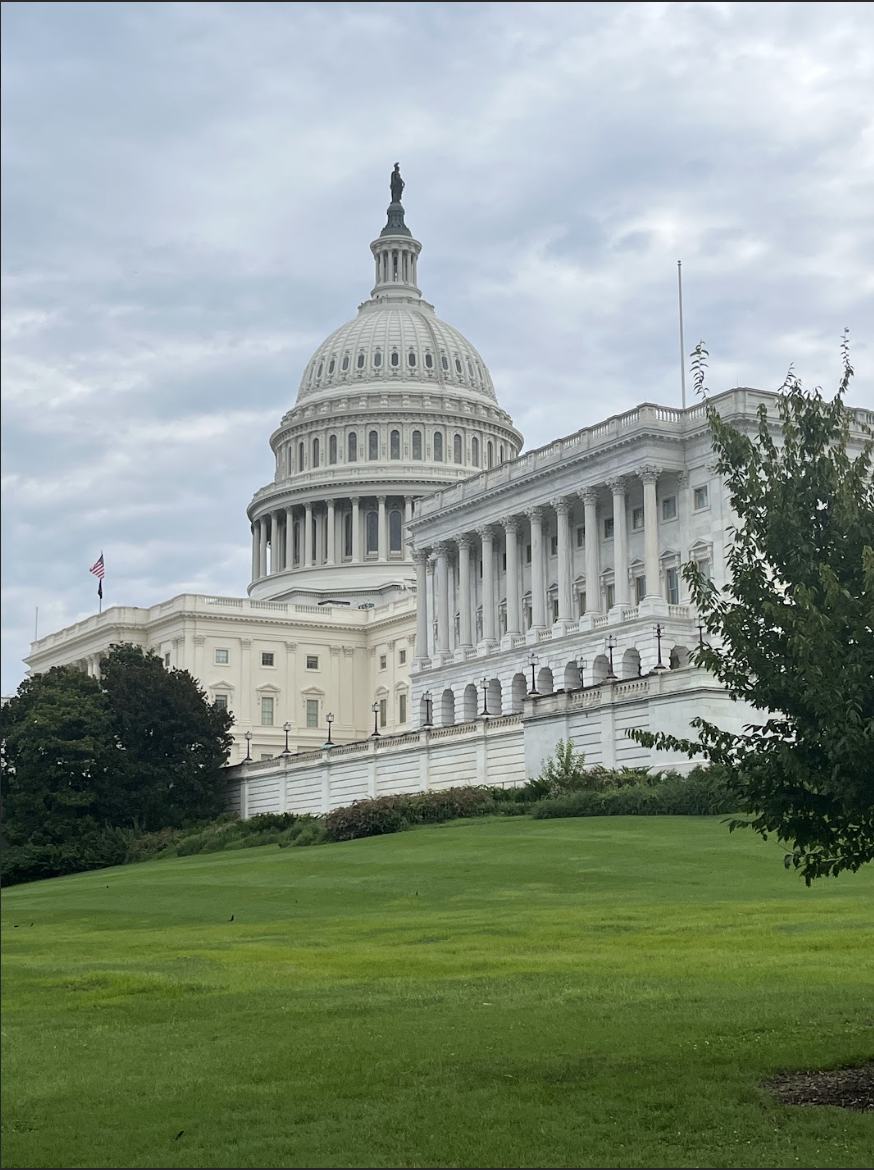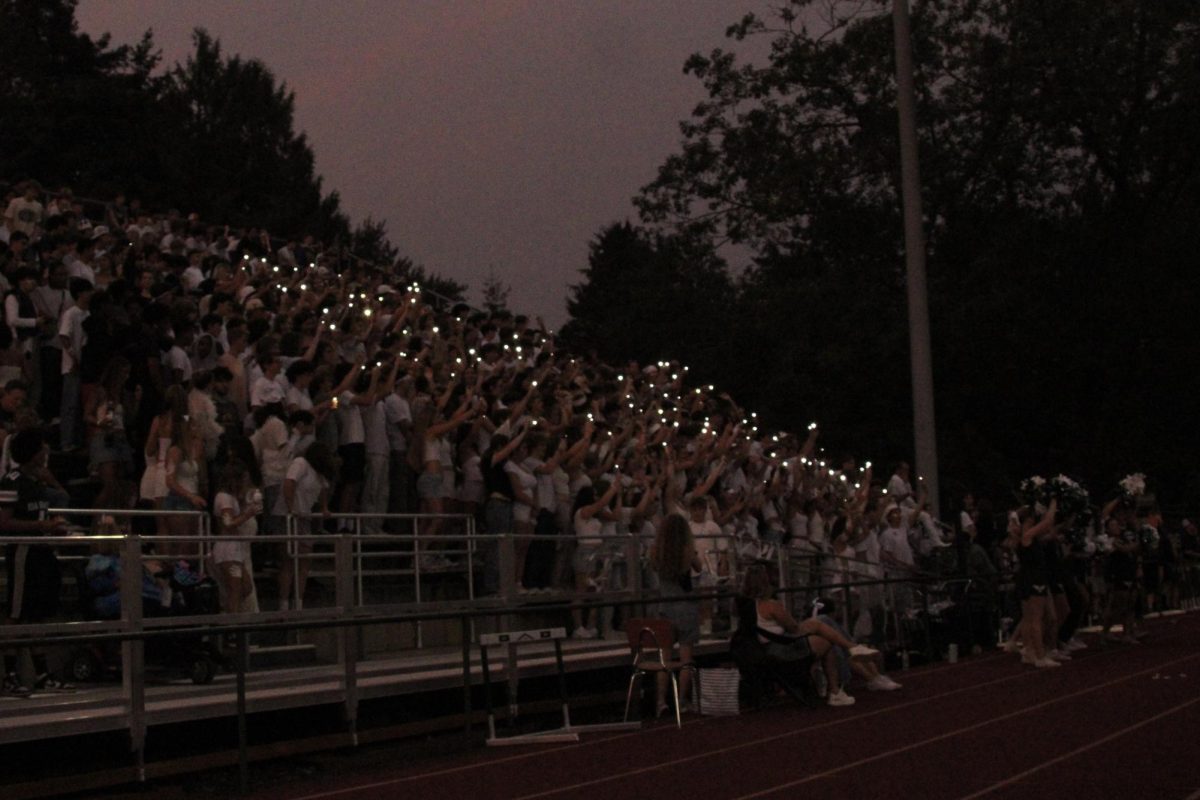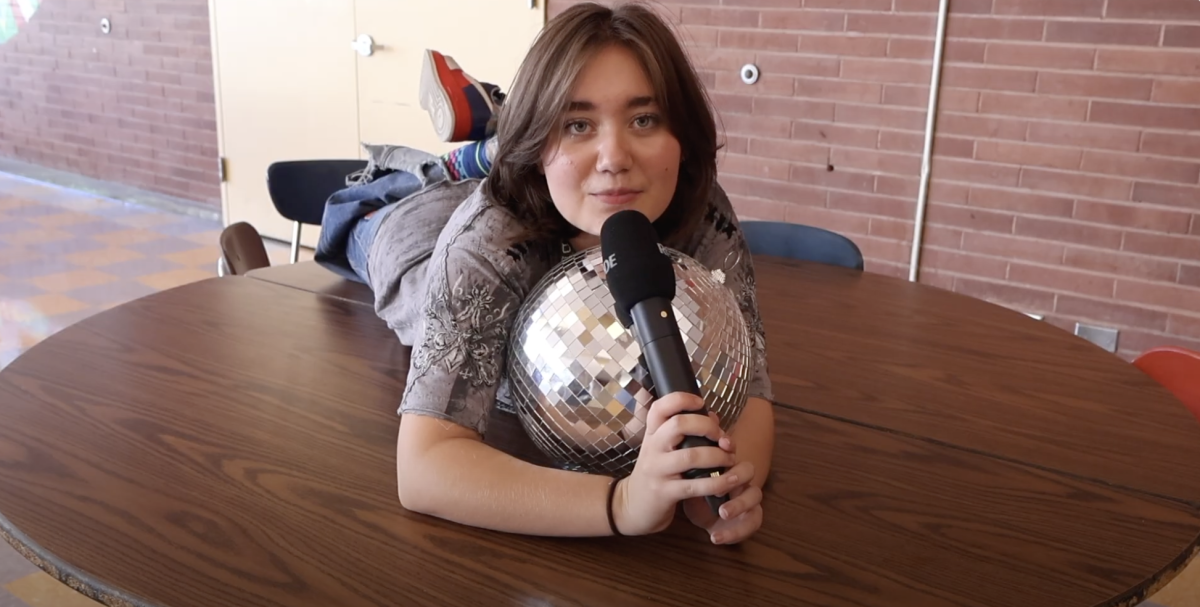A blaring alarm on Friday, Oct. 10 caused much of the Ida B. Wells High School community to feel shaken. But it also shook up the Flex schedule at IBW.
At IBW, students use Flex time to “retake tests, ask teachers questions outside of class and just catch up on work,” said IBW junior Lillian Chang. Other students also use it as independent work time, to work on projects with friends, study or communicate with teachers. “It’s important because it’s hard to get everything done just using in-class time,” said Chang.
It also gives time for teachers to check in with students. Alexa Bryant-Capellas, an English teacher at IBW, sees the time as a way to help students who need one-on-one support in a quieter environment to work. Those who missed class for sports or other reasons also have the time to get back on track.
Along with Flex days come shorter class periods that many students look forward to. Viewing the school day in chunks or a shortened schedule makes it more bearable for some students.
While it is an opportunity that many take advantage of, some students choose to go off campus or skip the Flex time altogether. Bryant-Capellas said students who miss Flex, “Miss the point.”
Still, many are impacted when Flex times are subject to change.
With only 44 minutes of Flex, some wonder if it’s enough time. However, a bigger wrench in the system would be assembly disruptions, incremental weather and unexpected interferences in the school day, causing changes in the Flex schedule that seem to be re-occurring at IBW. This leaves many students and teachers to question the causes and effects of the fluctuations.
While some are left puzzled, others are left frustrated. “It makes me annoyed…for me, I feel like I need to rely on Flex…if I have to do retakes it’s harder…there’s not really a good time to do that,” said Chang.
However, our administration and school have little power over the Flex schedule. “The school district dictates when Flexes are, what days, what weeks,” said Scott Burns, a vice principal at IBW.
The schools are expected to follow the schedule PPS provides. In the case of disturbances that might cancel Flex, high schools are supposed to continue their usual schedule.
“Students are required to be in their classes for a certain time of the year, we can’t simply add a Flex day to the schedule because that will take away from the number of hours students are in class,” said Burns. This leaves high schools in a predicament-they can’t make up Flex without taking away from instructional time.
With holes in Flex times, it’s hard for many students to complete their work and even harder for teachers to support their students who need help.
This leaves teachers and students in a tough spot. Those who need the extra time to make up assignments or tests are left to complete them during lunch, after school, during another class time or not at all.
Bryant-Capellas notices that with fewer Flex times, she sees fewer students coming in to complete what they need to get done.
There are some other downsides of Flex, in general.
“It’s hard to keep track of sometimes,” said Bryant-Capellas.
Even without Flex changes, the schedule is inconsistent and hard to follow. Many turn to Trivory, a school-based app that gives students and teachers the most accurate schedule.
Chang said that an improvement to Flex could be a more consistent schedule or added frequency. But again, our school has little power over that. Finding a way to communicate with the district to establish schedules that would cater to each individual high school would be ideal.
While Flex days are decided by the district, “What time of the day [Flex is] is left up to the high schools,” said Burns. Discussions over whether a.m. or p.m. is better are commonplace at IBW.
Having Flex in the afternoon benefits students who leave early because of sports and can create a more relaxing afternoon. But some teachers and staff see the productivity of students increase with Flex in the morning. There is also a lesser chance of students skipping a.m. Flex times. This is IBW’s second year of using the a.m. Flex schedule.
Being a preference and a largely debated topic, every student’s opinion varies about the time Flex is offered. According to Burns, “If you were to ask ten people, you might get ten different answers.”
The advantages of Flex still outweigh the flaws. Allowing students to choose how they spend their time and testing their accountability is a risk, but evidently, it creates freedom and options for the student.
Giving Flex time offers support and reassurance to students who have different learning styles, external influences on their school life, or those who need extra encouragement. Regardless of the changes that might come to the Flex schedule, Flex will still be integral for students at IBW.









